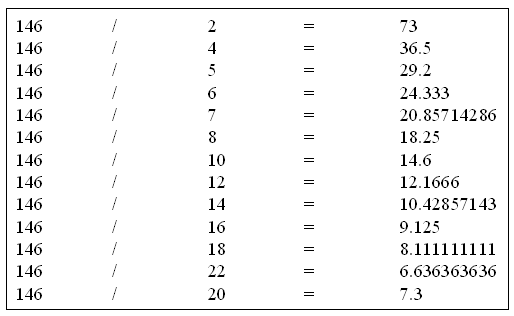
The Neutron Count and Ancient Reckoning
Charles William Johnson
Are the properties of the elements by design?
Look at the proton (P), neutron (N) and electron (E) counts of the first
twenty elements.

Now, look at the numbers for the last natural element, 92-Uranium:
![]()
Do the obvious with the neutrons. Divide the number of neutrons in 92-Uranium by the number of neutrons in some of the first representative elements:

What do you see? Now, eliminate the multiples:

|
The number seven, of Nitrogen, is a very significant computing number. Consider its relationship to 90-Thorium which has 142 neutrons.
![]()
|
No need to compute element 91-Protactinium because it has 140 neutrons, a multiple of seven and needs no comment. Additional commentary on other numbers to follow.
©2006-2014 Copyrighted by Charles William Johnson. All rights reserved. email:johnson@earthmatrix.com